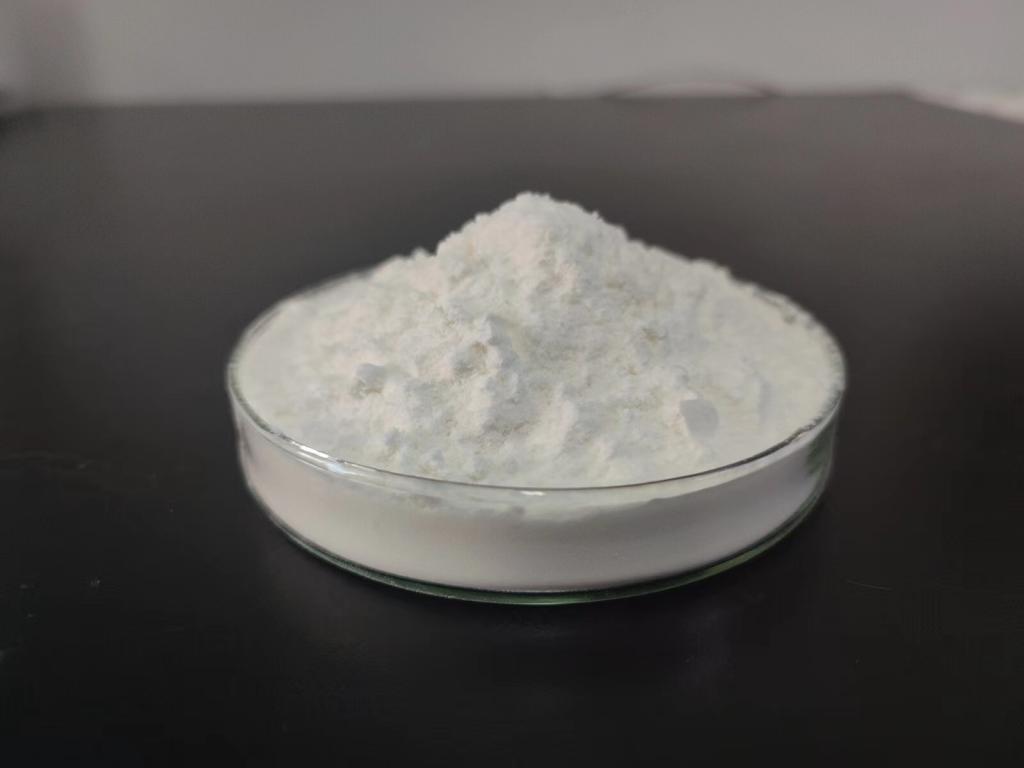Tel:+8618231198596

News
 CONTACT
CONTACT
 CONTACT
CONTACT
- Linkman:Linda Yao
- Tel: +8618231198596
- Email:linda.yao@dcpharma.cn
- Linkman:CHARLES.WANG
- Department:Overseas
- Tel: 0086 0311-85537378 0086 0311-85539701
News
Current Position:
Home >
News
>ε-Polylysine hydrochloride: Applications in controlling microbial contamination.
ε-Polylysine hydrochloride: Applications in controlling microbial contamination.
TIME:2024-04-30
Mechanisms of Action of ε-Polylysine Hydrochloride:
ε-PL is a cationic homopolymer composed of lysine residues linked by peptide bonds. Its antimicrobial activity stems from its ability to disrupt microbial cell membranes, leading to cell lysis and death. ε-PL exhibits broad-spectrum activity against bacteria, fungi, and some viruses, making it an effective antimicrobial agent for controlling microbial contamination in dietary supplements.
Applications of ε-Polylysine Hydrochloride in Dietary Supplements:
ε-PL can be incorporated into dietary supplement formulations to inhibit microbial growth and extend shelf life. It is compatible with various supplement formats, including capsules, tablets, powders, and liquids. ε-PL can be added directly to supplement formulations during manufacturing or applied as a coating to supplement capsules and tablets. Its effectiveness in preventing microbial contamination helps ensure the safety and quality of dietary supplements for consumers.
Compatibility with Different Formulations:
One of the key considerations in using ε-PL in dietary supplements is its compatibility with different formulations. ε-PL is water-soluble and stable over a wide range of pH and temperature conditions, making it suitable for incorporation into various supplement formulations. It can be added to aqueous solutions, emulsions, and solid formulations without affecting the sensory attributes or stability of the supplements. Additionally, ε-PL is compatible with other common ingredients used in dietary supplements, such as vitamins, minerals, and botanical extracts.
Regulatory Considerations:
The use of ε-Polylysine hydrochloride (ε-PL) in dietary supplements is subject to regulatory oversight by government agencies such as the U.S. Food and Drug Administration (FDA) and the European Food Safety Authority (EFSA). ε-PL is generally recognized as safe (GRAS) for use in food and dietary supplements and has been approved for use in many countries worldwide. However, manufacturers must ensure that ε-PL is used within approved limits and in compliance with relevant regulations to ensure the safety and quality of dietary supplements.
Future Directions:
While ε-PL offers promising benefits for controlling microbial contamination in dietary supplements, further research is needed to optimize its application and effectiveness. Future studies may focus on exploring novel delivery systems for ε-PL, such as encapsulation or microencapsulation, to enhance its stability and release profile. Additionally, research into the interactions between ε-PL and other ingredients in dietary supplements can provide valuable insights into optimizing its antimicrobial efficacy while preserving the quality of the supplements.
Conclusion:
In conclusion, ε-Polylysine hydrochloride (ε-PL) represents a valuable tool for controlling microbial contamination in dietary supplements. Its broad-spectrum antimicrobial activity, compatibility with different formulations, and safety profile make it an attractive option for ensuring the safety and quality of dietary supplements for consumers. By incorporating ε-PL into supplement formulations, manufacturers can mitigate the risk of microbial contamination and promote consumer trust and confidence in these products. Continued research and innovation in ε-PL application and formulation are essential for maximizing its effectiveness in controlling microbial contamination in dietary supplements.
- Tel:+8618231198596
- Whatsapp:18231198596
- Chat With Skype







